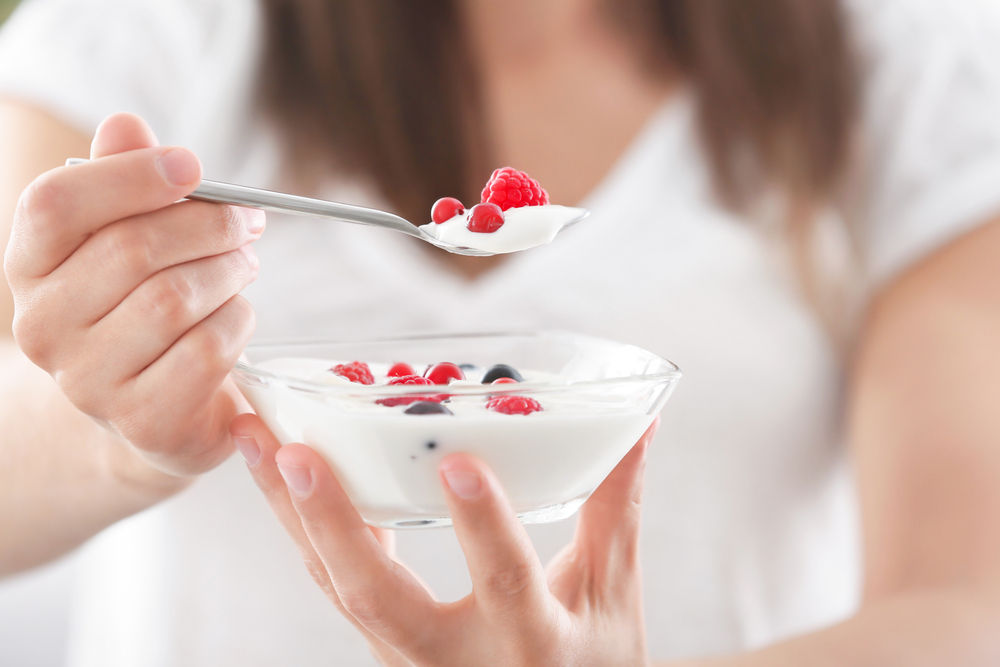Having a tooth extraction is a common and often necessary dental procedure. To ensure a smooth and speedy recovery, paying close attention to what you eat after the extraction is essential. A gentle diet is recommended, as it will provide the nutrients necessary to aid in healing while avoiding any foods that may irritate the mouth.
This article will provide an overview of what to eat after a tooth extraction, including soft, nutrient-rich foods, staying hydrated, balancing your diet, and avoiding foods.
The foods eaten after tooth extraction play an essential role in healing. Eating the right foods can help to reduce swelling, minimise pain, and prevent infection. Conversely, the wrong foods can cause complications, such as excessive bleeding or infection. Therefore, paying close attention to what you eat after a tooth extraction is essential.
This article will provide an overview of the best foods to eat to ensure a smooth and speedy recovery.
Soft Foods
Soft foods such as applesauce, mashed potatoes, and oatmeal can be beneficial after tooth extraction. Soft foods after tooth extraction are easy to chew and swallow and may provide other nutritional benefits.
Cottage cheese, Greek yogurt, and plain yogurt are sources of protein and can be easily mashed and eaten. Ice cream and fruit bits or pieces of fruit are also good options for those who have recently had a tooth extraction, as they are a good source of carbohydrates and can be easily digested.
Soft foods can provide essential nutrients and energy without straining the mouth or causing discomfort. Soft foods are an excellent resource for those who have recently had a tooth extraction and are looking for something easy to chew foods and nutritionally dense.
Nutrient-Rich Foods
Including nutrient-rich foods in your post-extraction meal plan can promote a speedy recovery. When selecting foods to replace the previously consumed soft foods, avoiding spicy, chewy, and solid foods is essential. Avoiding hot food is also necessary, as it can cause burning and discomfort.
Soft vegetables, such as cooked carrots, are a great alternative to more solid pieces of vegetables. Additionally, lukewarm soups, such as chicken noodles, can help provide the body with the necessary nutrients for recovery.
Avoiding crunchy and acidic foods, such as chips and citrus fruits, is important when selecting nutrient-rich foods. Additionally, it is essential to avoid crumbly foods, such as crackers.
While these foods can provide the body with the necessary nutrients, they can be difficult to chew and swallow. Instead, opt for soft foods that can easily be mashed or blended. These will provide the body with the nutrients needed for recovery without being difficult to swallow or chew.
Staying Hydrated
Staying hydrated is essential for a successful post-extraction recovery, as it helps reduce swelling and aid in healing.
After a tooth extraction procedure, it is essential to constantly keep the mouth hydrated to prevent excessive dryness, which can be painful.
Drinking plenty of water at lukewarm temperatures is ideal, as it helps the patient maintain a perfect temperature that is neither too cold nor too hot for the mouth after extraction.
Additionally, warm foods are recommended to help the patient recover, as they have proven patient-friendly during dental surgery.
Being mindful of oral health is key, and drinking plenty of fluids is a great way to start healing.
Balancing Your Diet
Following a tooth extraction procedure, one must balance one’s diet with nutritious foods to aid in the healing process. Eating a balanced diet of soft foods, such as ground beef, and avoiding alcoholic beverages will help repair the extraction wound and promote healthy oral care.
Eating foods with a creamy texture, such as soft drinks and cayenne pepper, will also provide the necessary nutrients for the body to heal.
Advanced dentistry has come a long way in recent years, and experience in advanced dental care can help ensure proper healing after tooth extraction. Eating a balanced diet of nutritious foods is key for a quick and easy recovery.
Maintaining a gentle diet of soft foods and avoiding alcoholic beverages can help promote a faster recovery and provide the body with the necessary nutrients to repair the extraction wound.
Foods to Avoid
Avoiding certain foods after tooth extraction can be beneficial to the healing process. Eating a nutritious diet during the days after extraction is essential for the extraction process to go smoothly.
Eating semisoft foods and avoiding either cold or crunchy items is recommended. Comforting oatmeal, mashed potatoes, and soups can be a good option. Avoiding carbonated beverages and warm drinks like tea or broth are suggested.
It is also essential to avoid harder foods like pretzels, chips, or popcorn, as these can cause discomfort in the extraction area. Eating a gentle diet during recovery can help ensure the extraction process is successful.
Key Takeaways
A balanced and nutritious diet is essential for a successful recovery after tooth extraction. Eating nutrient-rich foods such as lean proteins, fresh fruits and vegetables, and whole grains can help provide the body with the energy and nutrients it needs.
Staying hydrated with plenty of fluids is also important to help flush out toxins and bacteria. It is important to avoid hard and crunchy foods, as these can cause irritation and may slow the healing process.
By following these tips, one can ensure a quick and healthy recovery.
If you’ve recently had a tooth extraction or are planning one soon, ensure your recovery is smooth and comfortable by maintaining a balanced, nutrient-rich diet. Nestled in the heart of Garran, ACT, Garran Dental is committed to providing comprehensive, personalised dental care for our community. Whether it’s a routine check-up, a restorative procedure or advice on post-extraction care, we’re here for you. Don’t leave your oral health to chance – visit our dentist in Woden today for top-tier, patient-friendly care.


